Choosing the Best Tarantula Enclosure
Choosing the best tarantula enclosure is a critical step in ensuring your pet tarantula thrives in a healthy and stimulating environment. A well-designed enclosure not only provides a safe habitat but also contributes significantly to the tarantula’s overall well-being. The ideal enclosure allows for proper temperature and humidity regulation, provides adequate space for movement and enrichment, and offers a secure environment that minimizes stress. This guide offers top tips for selecting the perfect enclosure, considering various factors such as size, material, and environmental control, ensuring that your tarantula lives a long and happy life. Understanding the specific needs of your tarantula species is also vital. Different species have varying requirements in terms of size, humidity, and substrate. This guide will help you navigate the myriad of options available and make informed decisions tailored to your tarantula’s specific needs.
Size Matters Choosing the Right Enclosure
The size of the enclosure is one of the most important factors when setting up a tarantula habitat. An enclosure that is too small can lead to stress, hindering the tarantula’s natural behaviors, while an enclosure that is too large can make it difficult for the tarantula to find food or feel secure. The goal is to strike the right balance, providing enough space for movement, exploration, and the essential elements of its environment while ensuring the tarantula feels safe and secure. Consider the full-grown size of the tarantula when selecting an enclosure. This will prevent the need for frequent upgrades as your pet grows. The enclosure should be at least two to three times the tarantula’s leg span in width and length, allowing ample space for movement and exploration. Height is also a consideration, especially for arboreal species, which require sufficient vertical space for climbing and webbing.
Consider the Tarantula Species
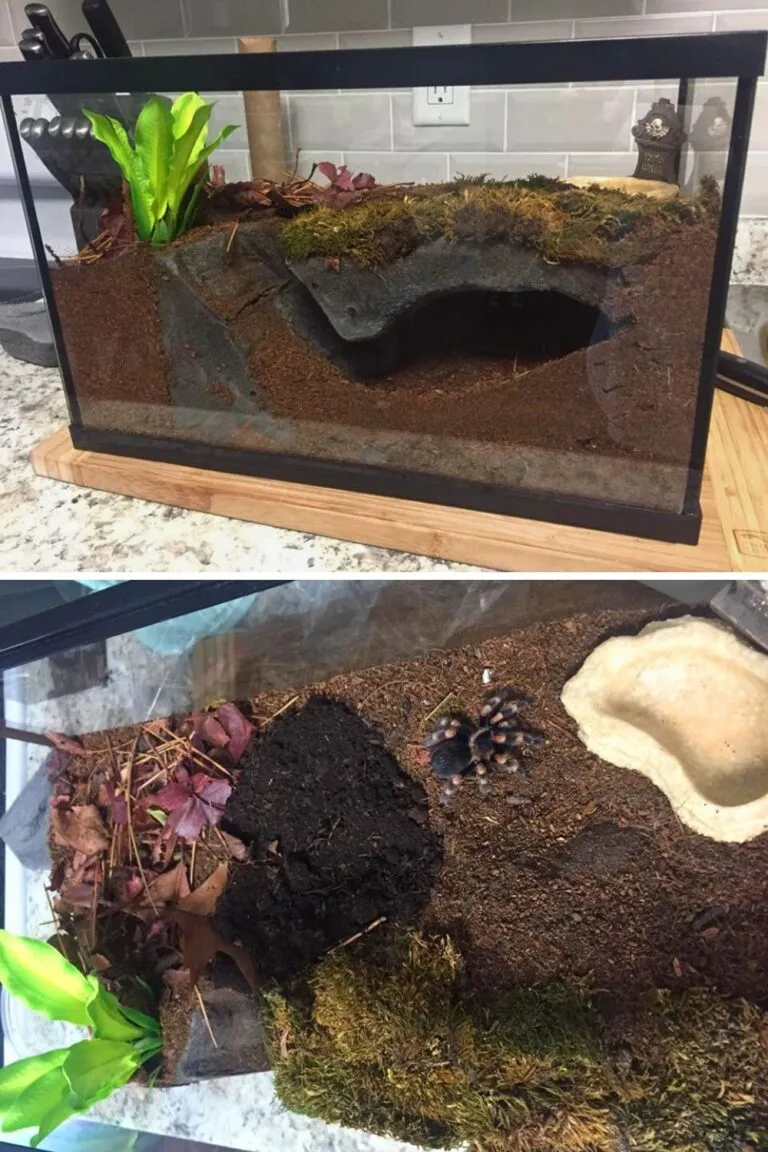
Different tarantula species have varying needs when it comes to enclosure size. Terrestrial species, which are ground-dwelling, generally need more floor space, while arboreal species, which live in trees, benefit from more vertical space for climbing and web-building. For example, a large terrestrial species like the Goliath Birdeater might require an enclosure that is much larger than that of a smaller, more arboreal species like a Greenbottle Blue. Researching the specific requirements of your tarantula species is crucial to ensure you provide the appropriate environment. Understanding the species’ natural habitat will give you insights into the preferred size and shape of the enclosure and help you mimic the conditions they are accustomed to in the wild. This knowledge will also assist in selecting appropriate substrate, decorations, and humidity levels to best suit your pet’s needs.
Growth Stage and Enclosure Size
The enclosure size should also be adjusted according to the tarantula’s growth stage. Spiderlings, or young tarantulas, start small and do not need a large enclosure. Keeping a spiderling in an enclosure that is too large can make it difficult for them to find food and make them feel insecure. As the tarantula grows, you will need to upgrade to a larger enclosure. This is often done during a molt, as the tarantula’s exoskeleton will be shed, and its new size will become apparent. Gradual increases in enclosure size are preferable to drastic jumps, as this helps the tarantula adapt to its new environment more easily. Regularly monitor your tarantula’s size and behavior to determine when an upgrade is necessary. Look for signs such as the tarantula appearing cramped or not being able to move freely, or the enclosure becoming too cluttered.
Material Matters Glass vs Acrylic vs Plastic
The material of the tarantula enclosure is another critical consideration, as it impacts the enclosure’s durability, ease of maintenance, and the ability to regulate environmental conditions. The three primary materials used for tarantula enclosures are glass, acrylic, and plastic, each with its own set of pros and cons. The best choice depends on factors such as the size of the tarantula, the species’ specific needs, and your personal preferences regarding aesthetics and ease of care. Considering the advantages and disadvantages of each material will help you make an informed decision and choose the enclosure that best meets your tarantula’s requirements. The ideal material will provide a safe, secure, and easily manageable habitat that promotes the tarantula’s well-being and enhances your enjoyment of keeping these fascinating creatures. A well-chosen enclosure can significantly improve the tarantula’s quality of life.
Glass Enclosures Advantages and Disadvantages
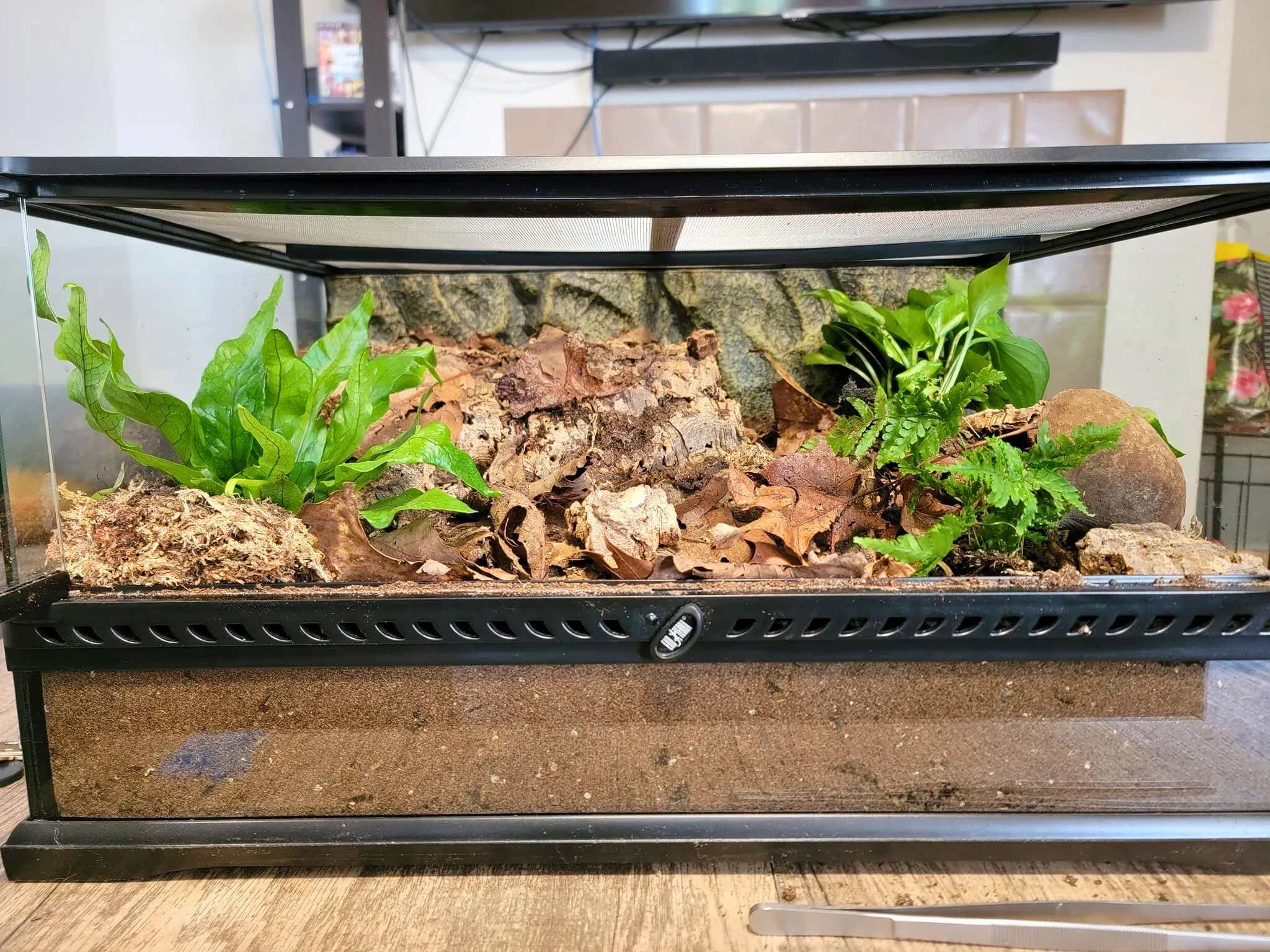
Glass enclosures are popular due to their clarity and durability. They provide excellent visibility, allowing you to easily observe your tarantula. Glass is also non-porous, making it easy to clean and less prone to harboring bacteria or odors. However, glass enclosures can be heavy and fragile, requiring careful handling to prevent breakage. They also tend to be less effective at insulating the enclosure, which can make it more difficult to maintain consistent temperature and humidity levels, particularly in fluctuating environments. Glass enclosures may be more expensive than plastic options, but their durability often makes them a worthwhile investment. The clear glass provides an unobstructed view of the tarantula, enhancing the viewing experience and allowing you to fully appreciate the beauty and behaviors of your pet. Always ensure proper ventilation when using a glass enclosure to prevent the buildup of excess humidity.
Acrylic Enclosures Advantages and Disadvantages
Acrylic enclosures offer several advantages, including their lightweight nature and superior insulation properties compared to glass. They are also highly transparent, providing excellent visibility, although they can be prone to scratches if not handled carefully. Acrylic enclosures are often more affordable than glass enclosures and come in a wide range of sizes and shapes. However, acrylic enclosures can warp or become discolored over time due to exposure to UV light or cleaning agents. While acrylic is less prone to shattering than glass, it can still be damaged, so care should be taken when cleaning and handling the enclosure. Acrylic’s insulating properties make it easier to maintain stable temperature and humidity levels, crucial for the health of your tarantula. Choose an acrylic enclosure made from high-quality materials to ensure its longevity and the well-being of your pet.
Plastic Enclosures Advantages and Disadvantages
Plastic enclosures are a cost-effective and lightweight option, often favored for their affordability and ease of maintenance. They are available in various designs and sizes, making them suitable for various tarantula species. However, plastic enclosures may not offer the same level of clarity as glass or acrylic, and the material can be less resistant to scratches. Some plastic enclosures may have less effective ventilation, so it is crucial to ensure proper airflow to prevent the buildup of humidity and the formation of mold. Plastic enclosures may also be more prone to odors, and cleaning them may require specific care to avoid damaging the material. While plastic is an accessible option, ensure that the plastic used is non-toxic and safe for your tarantula. Choose a well-ventilated enclosure with secure closures to keep your pet safe and healthy.
Creating the Ideal Environment for Your Tarantula
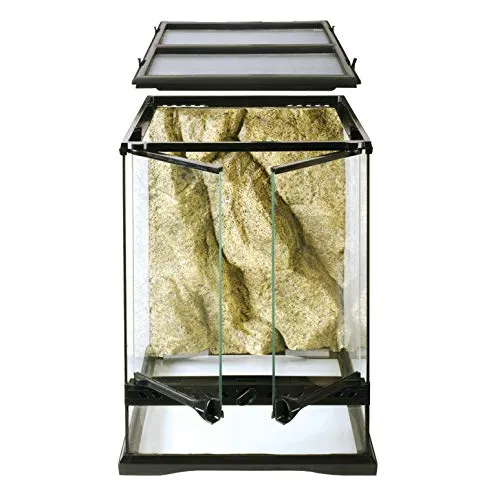
Creating the ideal environment for your tarantula involves providing a substrate, maintaining humidity, and ensuring proper ventilation. The tarantula’s environment should mimic its natural habitat as closely as possible, creating a comfortable and healthy living space. This includes careful selection of substrate materials, which contribute to both the aesthetic appeal and the functional needs of the enclosure. Proper humidity levels are essential for the tarantula’s molting process and overall well-being. Ventilation is another key component, ensuring fresh air circulation and preventing the buildup of mold and harmful bacteria. By paying attention to these essential elements, you can create an enclosure that supports your tarantula’s health and allows it to thrive.
Substrate Selection
The substrate is the material that forms the base of the enclosure and is essential for maintaining the proper humidity level, providing a comfortable surface for the tarantula, and allowing it to express natural behaviors like burrowing. Selecting the right substrate is a critical aspect of tarantula care. Different substrates have varying properties, so it’s essential to choose the material that best suits your tarantula’s species and habitat needs. The best substrates are non-toxic and provide a good balance of moisture retention and drainage. Substrates should be changed regularly to maintain cleanliness and hygiene. Avoid using substrates that can harbor mites or other pests. The right substrate promotes a healthy environment for your tarantula, helping it feel secure and allowing it to thrive.
Types of Substrate and Their Benefits
Several substrate options are available, including coconut fiber, peat moss, potting soil, and vermiculite. Coconut fiber is a popular choice due to its excellent moisture retention, natural appearance, and resistance to mold. It is also safe for tarantulas. Peat moss is another excellent option, providing good moisture retention, but it can be more acidic and may require mixing with other materials. Potting soil, specifically organic and fertilizer-free, can be a good choice, especially for species that like to burrow, but it may require sterilization to eliminate pests. Vermiculite is often used in combination with other substrates to increase moisture retention and can be a good option if used correctly. The choice of substrate depends on the species and the desired environmental conditions. Consider factors like humidity requirements, burrowing behavior, and ease of maintenance when making your selection. Mixing different substrates can also create the ideal environment.
Maintaining Humidity Levels
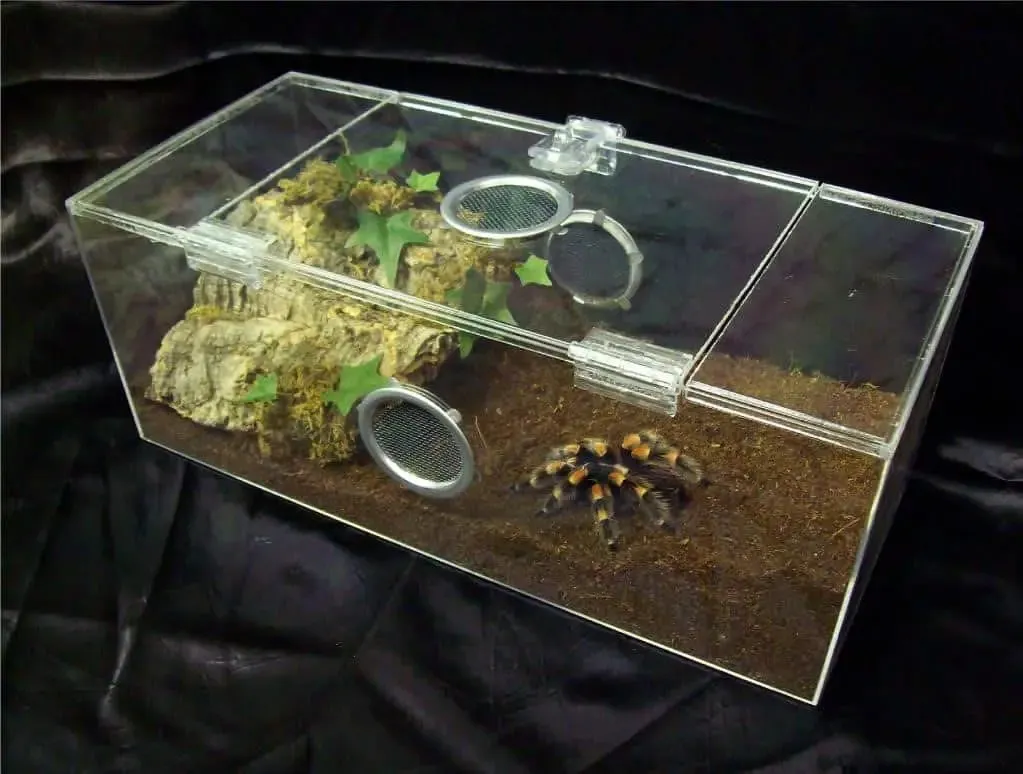
Maintaining the correct humidity level is crucial for the health and well-being of your tarantula, especially during the molting process. The humidity level required varies among different species. It’s essential to research the specific humidity needs of your tarantula species and adjust your enclosure accordingly. Regular monitoring is essential to make sure that the humidity level is within the desired range. You can monitor humidity using a hygrometer, which measures the moisture content in the air. If the humidity is too low, you can increase it by misting the enclosure with water, adding a water dish, or covering a portion of the enclosure’s lid to reduce airflow. If the humidity is too high, improve ventilation to allow excess moisture to escape. Be sure to avoid stagnant water, which can promote mold and bacteria growth. Consistent humidity control is essential for preventing health issues and supporting your tarantula’s natural molting cycle.
Watering and Ventilation
Providing adequate water and ventilation are integral parts of setting up the ideal tarantula enclosure. Always provide a shallow water dish filled with fresh water, and make sure the water dish is accessible to your tarantula. The water dish should be placed in a location that is easily accessible, but not too close to any heating elements. Regular misting is also often necessary to maintain the appropriate humidity levels for some species. Ventilation is essential to prevent the buildup of excess moisture, which can lead to mold and fungal growth, and to ensure fresh airflow within the enclosure. Proper ventilation can be achieved by creating cross-ventilation, with air entering from one side and exiting from another. Avoid blocking all ventilation holes, as this can cause humidity levels to become excessive. Ensure the ventilation system is designed in a way that does not allow the tarantula to escape. A well-ventilated enclosure supports a healthy, thriving environment for your tarantula.
Decorating Your Tarantula Enclosure
Decorating your tarantula enclosure provides enrichment, helps the tarantula feel secure, and mimics its natural habitat. Adding the right decor can also make the enclosure more visually appealing. The decorations should be chosen with the tarantula’s needs and safety in mind. Avoid using anything that could be toxic or harmful to the tarantula. Consider your tarantula’s species and its natural behaviors when selecting decorations. Terrestrial tarantulas benefit from ground cover and hides, while arboreal species will need climbing structures and vertical space. Decorations should also be easy to clean and maintain. A well-decorated enclosure promotes the tarantula’s well-being, reduces stress, and encourages natural behaviors, enhancing your experience as a tarantula keeper.
Providing Hides and Enrichment
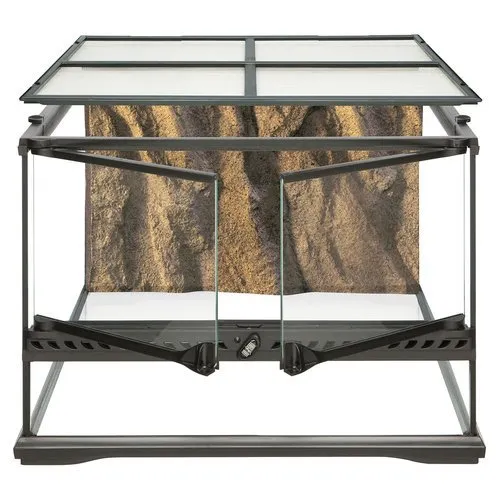
Providing hides is a crucial part of decorating a tarantula enclosure, as tarantulas are naturally secretive animals and feel most secure when they have a place to retreat. Hides can be made from various materials, such as cork bark, half logs, or commercially available tarantula hides. The hide should be large enough for the tarantula to fully fit inside, providing a sense of security. In addition to providing a hide, consider incorporating enrichment items into the enclosure to stimulate the tarantula’s natural behaviors. Enrichment items can include plants, branches, or rocks that allow the tarantula to explore, climb, or build webs. Ensure that any enrichment items are securely placed and do not pose a risk of injury. Well-designed hides and enrichment elements reduce stress and help keep the tarantula engaged in its environment.
Live Plants vs Artificial Decorations
When decorating a tarantula enclosure, you have the option of using live plants or artificial decorations. Both options have their advantages and disadvantages. Live plants can contribute to maintaining humidity, improving the aesthetics of the enclosure, and providing a more naturalistic environment. However, they require regular care, including watering, proper lighting, and choosing non-toxic plants. Avoid plants that could be harmful to your tarantula. Artificial decorations are low-maintenance, easy to clean, and available in a wide variety of shapes and sizes. They do not require watering or special lighting, making them a convenient option. However, they don’t contribute to humidity levels and can sometimes look less natural. A combination of both live plants and artificial decorations can be a good choice, depending on your preference and the needs of your tarantula. The key is to choose safe, non-toxic decorations that enhance the tarantula’s environment.
Feeding and Safety Considerations
Feeding and safety are vital aspects of tarantula care, ensuring that your pet receives proper nutrition and is kept in a safe environment. Knowing how to access and feed your tarantula safely and what safety measures to take can prevent potential injuries and escapes. Regular feeding is crucial to the tarantula’s health and well-being. By understanding the tarantula’s feeding habits, and implementing safety measures during feeding and enclosure maintenance, you can provide a safe and healthy environment. This includes knowing the proper techniques for accessing the enclosure, preventing escape, and handling the tarantula. Following these guidelines will help you provide a safe and enjoyable environment for both you and your tarantula.
Accessing and Feeding Your Tarantula
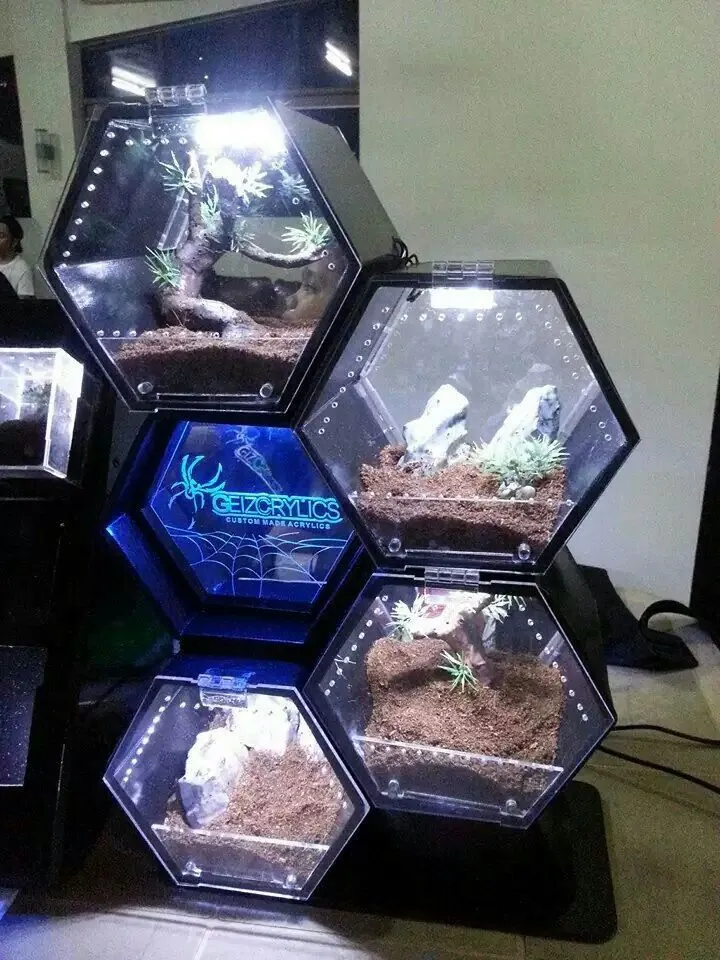
Accessing the enclosure to feed your tarantula requires caution and careful planning. Before opening the enclosure, inspect the area to ensure there are no potential escape routes. Always have a plan for what you will do if the tarantula does escape. When opening the enclosure, do so slowly and deliberately, avoiding any sudden movements that might startle the tarantula. Use long tongs or tweezers to introduce food items, such as crickets or mealworms, to the enclosure. Avoid placing your hands inside the enclosure unless absolutely necessary. Monitor the tarantula’s feeding habits and adjust the feeding schedule based on its age, species, and overall condition. The correct feeding frequency ensures that the tarantula receives the necessary nutrients for growth and development. Also, remove any uneaten food after a day or two to prevent mold growth.
Safety Measures and Preventing Escape
Preventing escapes is a top priority when keeping tarantulas. Always ensure the enclosure has a secure lid that cannot be easily pushed open or removed. Inspect the enclosure regularly for any signs of damage or wear, and replace any parts that are damaged immediately. When working inside the enclosure, always be mindful of the tarantula’s location and behavior. Avoid any sudden movements or actions that could startle the tarantula and cause it to flee. Consider using a secure workspace, such as a bathtub or a contained area, when performing enclosure maintenance, so that if the tarantula does escape, it can be easily contained. If a tarantula does escape, remain calm and try to contain it in a secure space until you can safely return it to its enclosure. Prioritizing safety and taking preventive measures minimizes the risk of escape and ensures that you and your tarantula have a positive experience.
